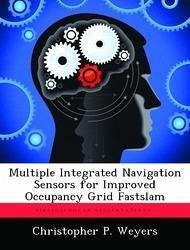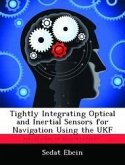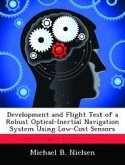An autonomous vehicle must accurately observe its location within the environment to interact with objects andaccomplish its mission. When its environment is unknown, the vehicle must construct a map detailing its surroundingswhile using it to maintain an accurate location. Such a vehicle is faced with the circularly defined SimultaneousLocalization and Mapping (SLAM) problem. However difficult, SLAM is a critical component of autonomous vehicleexploration with applications to search and rescue. To current knowledge, this research presents the first SLAM solutionto integrate stereo cameras, inertial measurements, and vehicle odometry into a Multiple Integrated Navigation Sensor(MINS) path. The implementation combines the MINS path with LIDAR to observe and map the environment using theFastSLAM algorithm. In real-world tests, a mobile ground vehicle equipped with these sensors completed a 140 meterloop around indoor hallways. This SLAM solution produces a path that closes the loop and remains within 1 meter oftruth, reducing the error 92% from an image-inertial navigation system and 79% from odometry FastSLAM.
Hinweis: Dieser Artikel kann nur an eine deutsche Lieferadresse ausgeliefert werden.
Hinweis: Dieser Artikel kann nur an eine deutsche Lieferadresse ausgeliefert werden.








